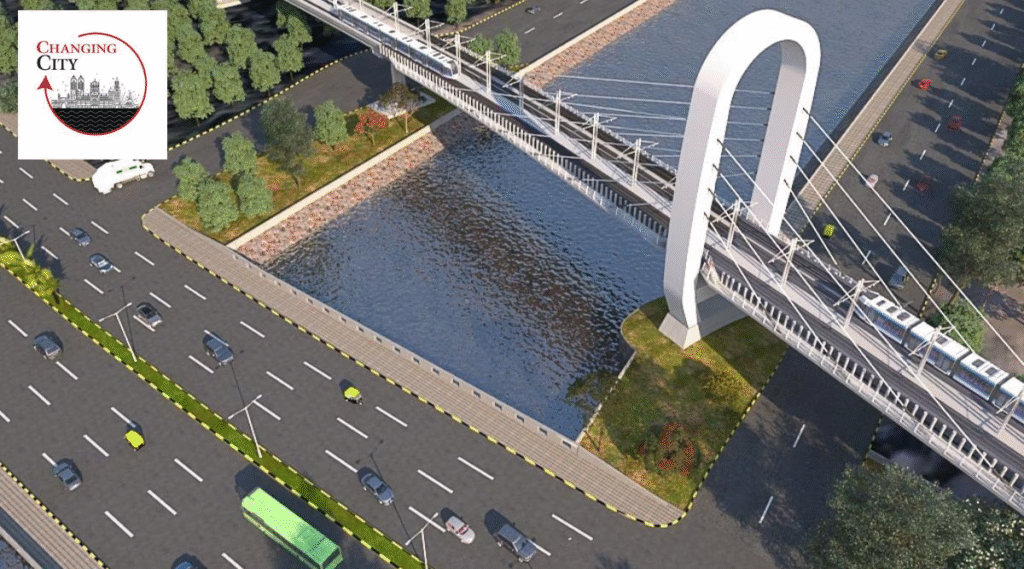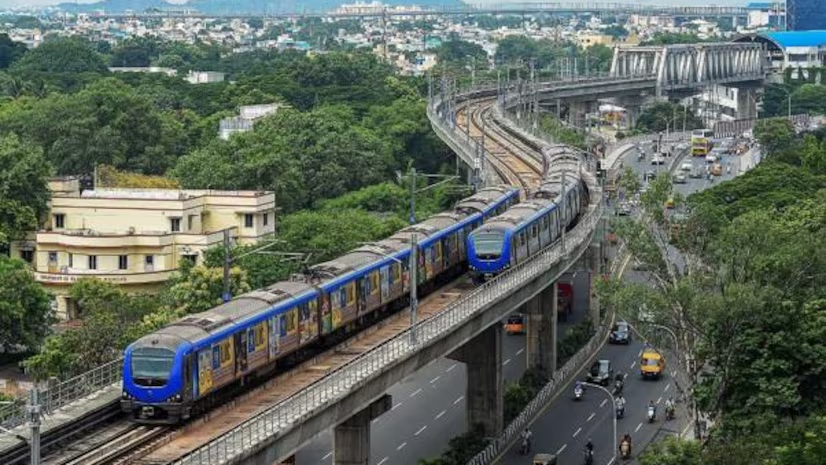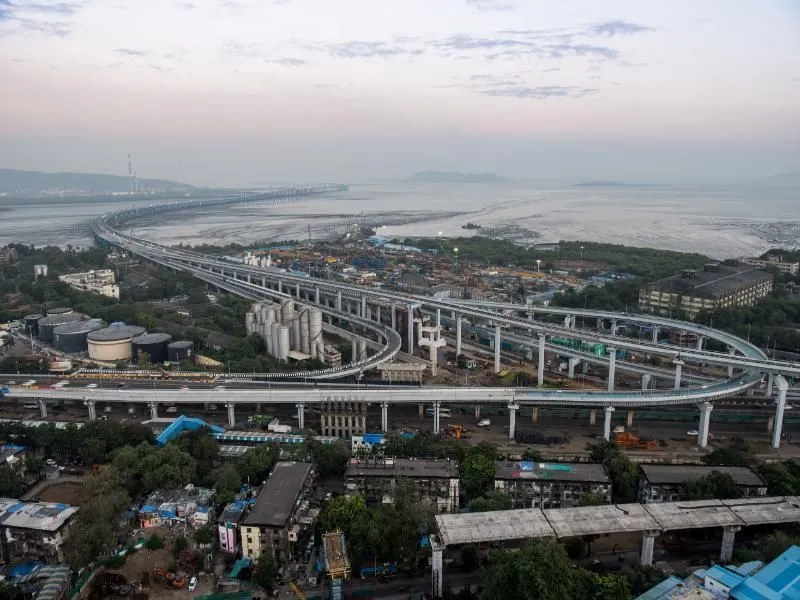Now Reading: 10 Ways Metro Link Bridges Will Change Your City Life
-
01
10 Ways Metro Link Bridges Will Change Your City Life
10 Ways Metro Link Bridges Will Change Your City Life

Table of Contents
In many parts of the world, the term “Metro Link Bridge” is becoming a symbol of progress, connectivity, and growth. These vital structures — linking metro stations or extending metro rail lines over busy roads, rivers, or urban obstacles — are changing the way people travel in big cities. They help commuters cross long distances quickly, safely, and conveniently, transforming urban life.
In this article, we explore what a Metro Link Bridge is, how it is built, why it matters, and what benefits it offers for future city development.
What Is a Metro Link Bridge?

A Metro Link Bridge is a special kind of bridge designed for metro rail or metro stations. It connects one station to another, or links different lines of a metro network. Sometimes, these bridges are also used to connect a metro station to nearby shopping malls, office towers, or bus terminals.
Instead of forcing passengers to exit the station and walk through crowded roads or unsafe crossings, a Metro Link Bridge allows them to move easily between two points without interruption. Some bridges carry the trains themselves, while others serve only pedestrians.
How Is a Metro Link Bridge Built?
Building a Metro Link Bridge is a complex engineering task. Construction teams must plan carefully to place bridge pillars in the right locations, avoiding underground utilities like water pipes and electrical cables. Engineers also check that the bridge can carry heavy trains or thousands of people every day.
Modern Metro Link Bridges are built using strong materials such as steel and reinforced concrete. These bridges are designed to resist earthquakes, strong winds, and the wear and tear of daily use. Many feature wide walkways, elevators, and escalators to help elderly and disabled passengers.
During construction, authorities usually try to reduce disruption to traffic. Some bridge parts are built off-site and then installed overnight to avoid blocking roads for long periods.
Why Is a Metro Link Bridge Important?

Metro Link Bridges play a crucial role in modern urban mobility. Here’s why:
Safety: Pedestrians no longer have to cross busy highways or dangerous intersections.
Convenience: Passengers save time because they can directly transfer between stations or metro lines.
Efficiency: Trains can run on elevated bridges without being delayed by road traffic.
Urban development: Businesses near these bridges often see a boost in customers, since more people pass through the area.
Environmental benefits: Metro systems connected by link bridges encourage people to leave their cars at home, cutting pollution and congestion.
Examples of Successful Metro Link Bridges
Many major cities around the world have impressive Metro Link Bridges:
- Dubai Metro: The Dubai Metro features several pedestrian link bridges connecting stations to malls and residential areas, making it easy for commuters to shop or return home.
- Delhi Metro: In India’s capital, the Metro Link Bridge between the Violet and Airport Express Lines is a popular interchange, handling thousands of passengers every day.
- London Underground: In the UK, new pedestrian bridges connect Underground stations with nearby railway hubs, making multi-modal travel seamless.
- Shanghai Metro: China’s metro network uses elevated link bridges to keep train routes running above busy city streets, helping trains stay on time.
These examples prove that Metro Link Bridges are a critical part of modern city planning.
Challenges of Metro Link Bridges
While they offer many benefits, Metro Link Bridges are not without challenges:
High costs: These projects can cost millions of dollars because of land acquisition, engineering, and materials.
Space limitations: In crowded city centers, there is sometimes not enough space to build a new bridge.
Maintenance: Bridges need regular checks for cracks, rust, or damage, which means additional costs and planning.
Accessibility: Authorities must ensure the bridges are fully accessible for everyone, including people with disabilities.
Despite these challenges, the advantages of Metro Link Bridges usually outweigh the downsides, especially for growing cities.
The Future of Metro Link Bridges

As cities expand and populations rise, Metro Link Bridges will become even more important. Urban planners are exploring smarter bridge designs using lightweight materials and modular construction, which can reduce build time and cost.
Some cities are testing green technologies, like solar panels on bridge roofs, to power lighting and reduce electricity bills. Others are adding features such as digital displays, interactive maps, and even Wi-Fi on the bridges.
In the future, we might also see more multi-purpose link bridges that allow emergency vehicles or bicycles to cross alongside pedestrians and trains, creating a flexible transit corridor for all.
How Metro Link Bridges Change Lives
At the end of the day, a Metro Link Bridge is not just a piece of infrastructure. It is a connection between communities, making it easier for people to reach work, schools, hospitals, and markets. It saves commuters precious minutes every day, improves air quality, and supports economic growth.
By encouraging people to choose public transport over private vehicles, Metro Link Bridges can help cities fight pollution, ease traffic jams, and become more sustainable.
Whether you live in a crowded megacity or a growing mid-sized town, these bridges could soon become a lifeline for your community — improving travel, safety, and the environment, one step at a time.
Read More:- Deyaar’s Latest Announcement Shakes Up the UAE Property Market



















